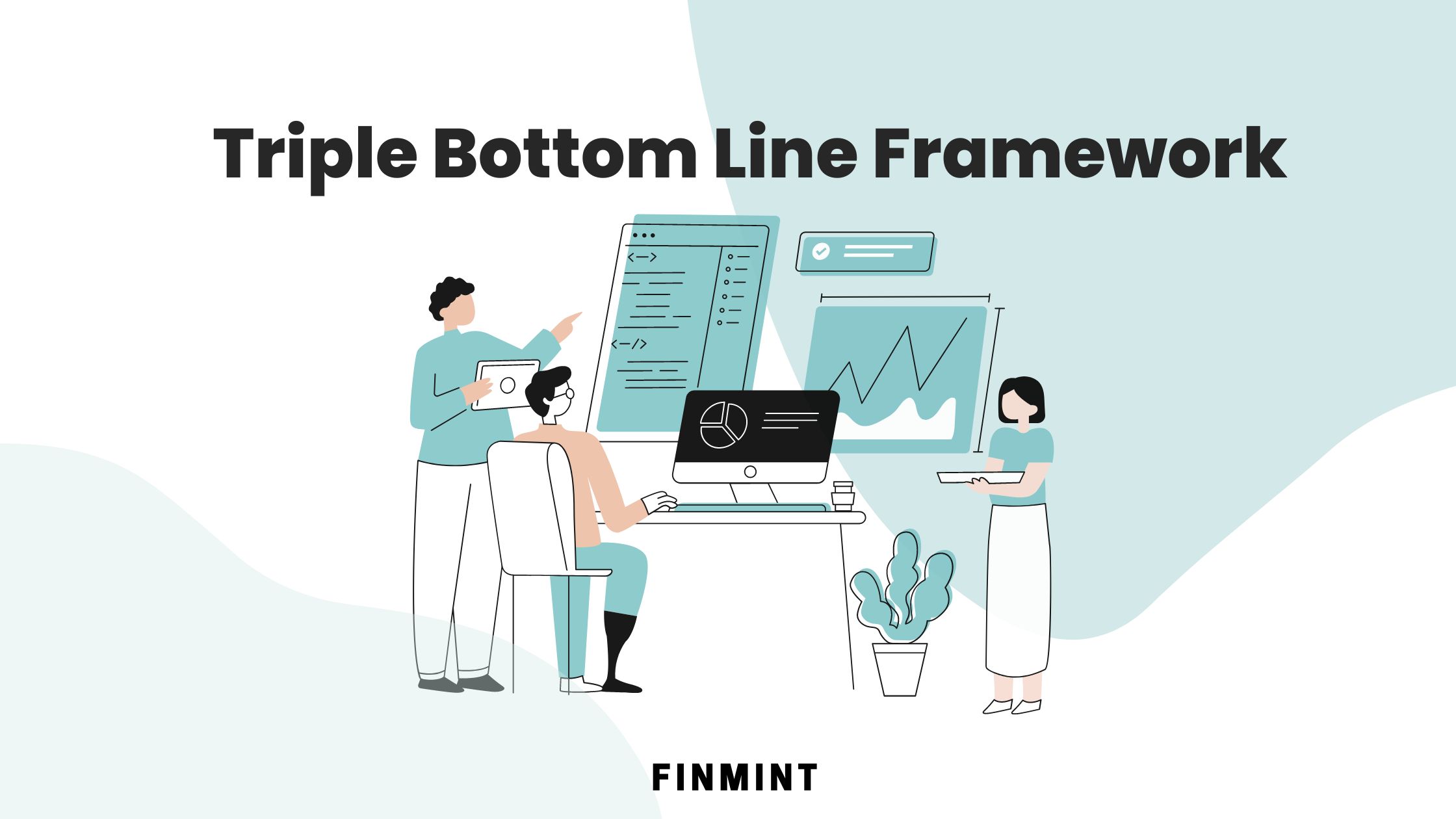The Triple Bottom Line (TBL) is a framework for evaluating a business’s performance in three areas: social, environmental, and financial.
The concept of TBL was first introduced by John Elkington in 1994 as way of promoting sustainable business practices, encouraging companies to look beyond their financial bottom line and take responsibility for their social and environmental impacts.
The TBL framework considers three key dimensions of business performance: people, planet, and profit.
The “people” dimension refers to the social impact of business, including the wellbeing of employees, customers, and the wider community. This encompasses a range of issues, such as fair labor practices, human rights, and community involvement.
The “planet” dimension focuses on the environmental impact of business, including the use of resources, pollution, and climate change.
The “profit” dimension evaluates the financial performance of business, including revenues, expenses, and shareholder value.
By considering these three dimensions, businesses can measure and report on sustainable business practices and their overall social responsibility. This can help to build trust with stakeholders, including customers, employees, investors, and regulators. It also enables businesses to identify areas where they can have a much more meaningful impact on the society.
There are many benefits to using the TBL framework. For example, it can help businesses to identify potential risks and opportunities, such as supply chain risks or market opportunities for sustainable products and services. It can also help businesses to improve their reputation and competitive advantage, by demonstrating their commitment to sustainability and social responsibility.
Moreover, the TBL framework can promote innovation, by encouraging businesses to develop new products and services that are sustainable and socially responsible. This can create new business opportunities, as well as contribute to a more sustainable and equitable society.
However, there are also some challenges associated with the TBL framework. For example, it can be challenging to measure and quantify social and environmental impacts, and to balance these against the company’s financial performance; especially so where there is a potential trade off between the two. There is a risk that companies may use the TBL framework as a marketing tool, rather than as a genuine commitment to sustainable practices and social responsibility.
In conclusion, the Triple Bottom Line is a valuable framework for promoting sustainable and socially responsible business practices. By considering the three dimensions of people, planet, and profit, businesses can measure and report on their sustainability and social responsibility, identify potential risks and opportunities, and promote innovation.

